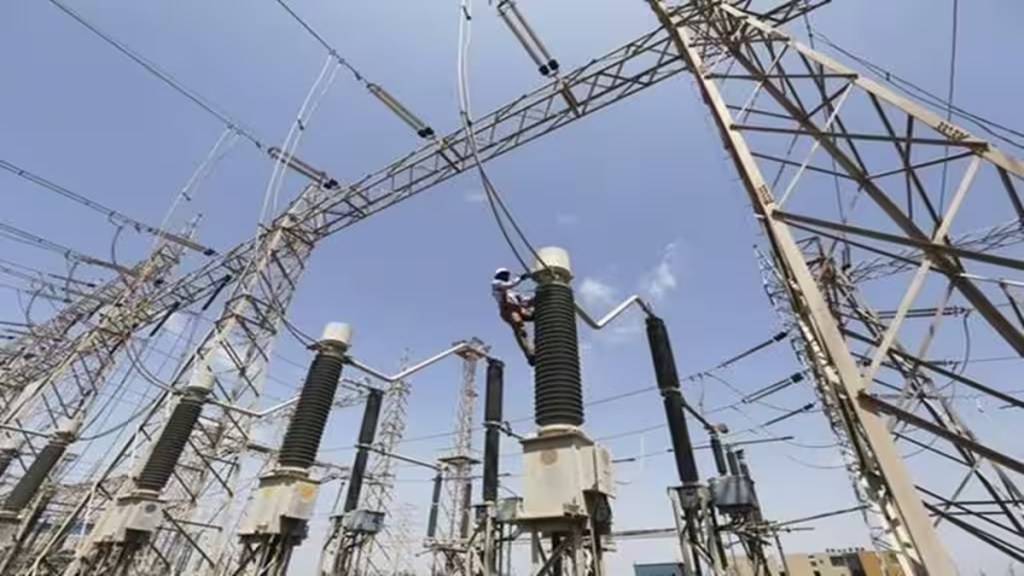By Ravinder
The Electricity Act 2003 liberalised the traditional integrated power supply industry of India by unbundling vertically integrated state electricity boards, delicensing generation, promoting consumer rights. Granting open access in both transmission and distribution acted as a precursor for creating the short-term market. The aim was to evacuate locked-up power in surplus pockets of the country, and provide investment signals in terms of potential demand and real purchasing power of the discoms in case additional power was made available. India was suffering double-digit shortages at the time, and the signal for new generation and transmission capacity was loud and clear.
In its preamble, the Electricity Act 2003 emphasised the need to increase supply and benefit the consumers. Indian lawmakers intentionally liberalised the sector to bring private investment, competition and improve efficiency, so as to transform the sector. The nuances of power market development were left to the electricity regulator. Once electricity trading licences were issued, Punjab started buying power from Kolkata, while Kerala, Odisha and Northeast India started exporting. Routes of congestion started to become visible and transmission planning picked up.
The lack of transparency in bilateral trades led the Central Electricity Regulatory Commission to plan regulation of power exchanges. It was designed as a day-ahead trading platform on closed double-sided auction, voluntary participation, and congestion management by market splitting. However, the security of discoms’ PPAs and their respective entitlement to transmission capacity was preserved. A public hearing was held by the CERC and stakeholder comments were invited. After considering the shortage scenario and danger of high prices, the commission proceeded with electricity market development, to bring additional resources via the market route. It was clearly stated in the order that the regulator will keep an arm’s length approach and investment in the exchange will be made by the private sector. The commission would not be responsible for anyone’s failure or success. Thus, in 2008, India earned the distinction of becoming the first country in Asia to have a power exchange. By 2014, power shortages had been wiped out—1,00,000 MW new capacity had been added and the gloom of power deficit had gotten lifted. Though the traded volume was barely 5%, power exchanges had served their main purpose of attracting investment into the sector.
Today, power exchanges allow discoms to balance their portfolios efficiently by selling surpluses and meeting deficit by trading through the market. Similarly, these markets let generators and captive power plants sell their surplus power. Market liquidity is continuously improving, and it has become a reliable market option to balance supply demand gaps and aid grid stability.
Europe vs India
Market coupling was introduced in Europe in 2006, in a phased manner, with the first transnational merger between France, Belgium, and the Netherlands. Subsequently, 15 European countries introduced a nationwide market coupling in 2014. Today, the European electricity wholesale market is highly integrated, with 27 countries and 30 transmission system operators (TSOs) participating in the market coupling.
The primary objectives behind coupling of exchanges in Europe were market integration of different geographies (countries) and the optimisation of cross-border transmission infrastructure (capacity allocation, congestion management)—thereby achieving price convergence between integrated markets.
However, in India multiple prices prevail, unique to each Power Purchase Agreement (PPA). A single price has no relevance here as 90% of power is tied up outside the market in fixed-price, long-term PPAs. Therefore, there is no advantage of market coupling in India, as it seeks to couple only 5% of the market and the remaining 95% energy will still have different prices.
Market coupling in the Indian context is neither feasible nor desirable as the country has adopted a voluntary market model where multiple power exchanges operate at the national level. Coupling will not create any additional value. Rather, it will increase operational costs, create rigidities, and stifle innovation in the market. In the proposal of coupled power exchanges, the prices will be discovered by Market Coupling Operator. Power exchanges will then be reduced to glorified bid collection agencies, with no incentive to improve product offerings, innovate or develop the market. Thus, it will defeat the very purpose of the reforms brought in by the Electricity Act 2003.
In fact, the form of market coupling being proposed for the Indian market is nothing but ‘price coupling’ of different power exchanges. In the Indian context, the objectives of market coupling are already being achieved as all the regions are integrated geographically with a single price, and the transmission infrastructure is being utilised optimally. Market coupling will provide opportunity to many “fly by night” operators to open shops. Allowing failed or new upstart power exchanges to couple with well-established exchange can have disadvantages. This could possibly introduce risks to the established exchanges and destroy the credibility of the market. Further, if certain exchanges try using the dominant exchange as a means to cut their costs by not investing in technology or avoid upgrading their systems, it may indeed create an unfair playing field. Therefore, regulators and policymakers need to carefully consider the potential implications and guard against any unfair practices that may arise.
Price coupling of power exchanges in India would give rise to a perverse trend that will undo all the progress and market development, which introduced healthy competition, efficiency, transparency, open access and social welfare to the country’s energy sector. A competitive, robust power market can be the deciding factor in the nation achieving its economic and energy transition goals.
The author is Former chairman, Central Electricity Authority


